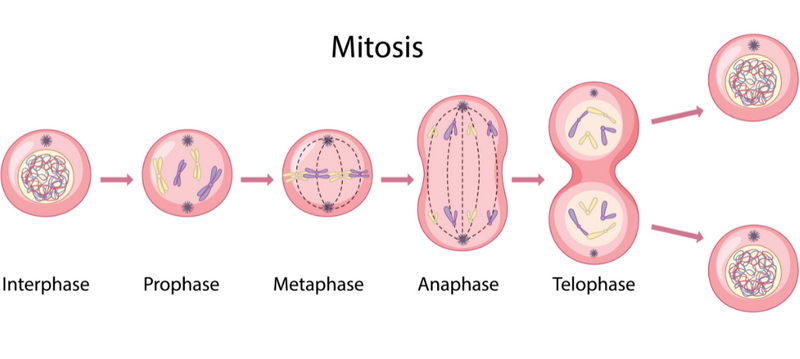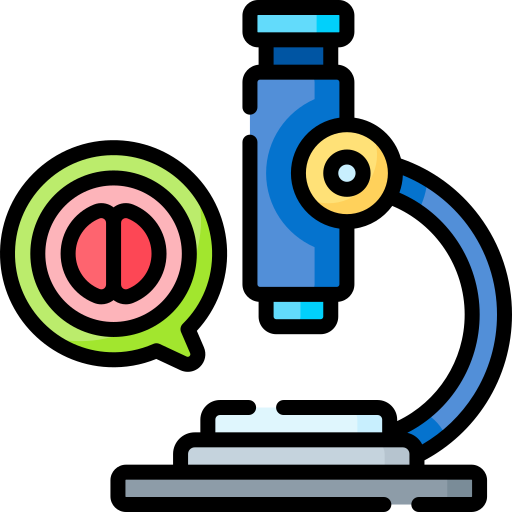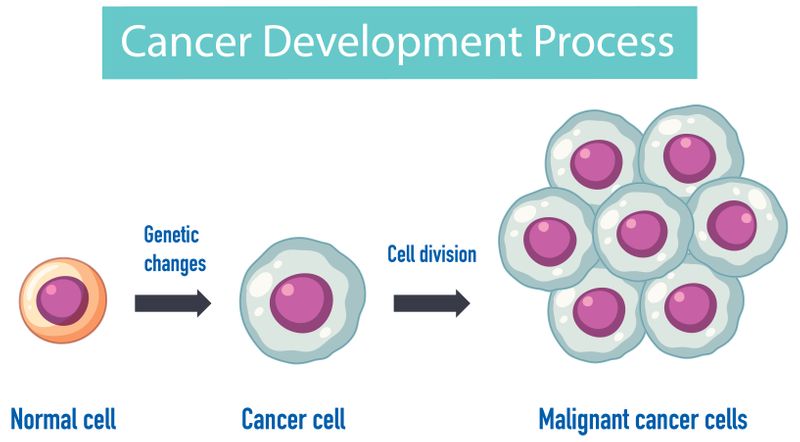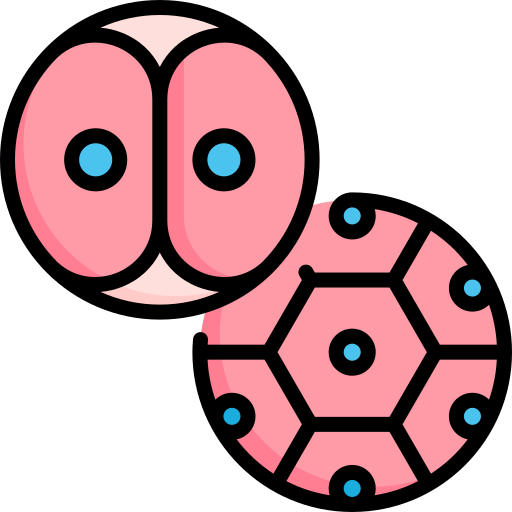Do you need to ace your cell cycle test?

Develop simple techniques to learn the different phases of the cell cycle.
Step 1: Become familiar with the vocabulary
The cell cyclehas many terms derived from Latin words. It's essential to know them as you study the course.
Use the correct terms as often as you can to be more familiar with them.
Common terms used in the cell cycle:

Sister chromatids — identical chromosomes held together by a common centromere.

Microtubules — a cytoskeleton that supports the segregation of chromosomes during anaphase.

Diploid — a complete set of chromosomes.

Eukaryotic cell — a type of cell that performs the cell cycle.
Step 2: Know how each phase works
The cell cycle is a series of events where the eukaryotic cell grows, and DNA replicates and divides. It has two major stages: interphase and mitosis.
Interphase is the period of cell growth and DNA replication.
G1 Phase: cell growth
S Phase: DNA replication
G2 Phase: cell growth

Mitosis is the period of cell division.
Prophase: chromosomes condense and are visible
Metaphase: chromosomes line up in the middle
Anaphase: sister chromatids are pulled to opposite poles
Telophase: chromosomes decondense

Here's a good mnemonic device for the stages of mitosis: Pass Me A Taco!

Quiz
An increase or decrease of chromosomes in each cell affects its functions. Which part of the mitotic stage could affect the number of chromosomes in each cell?
Step 3: Perform laboratory activities
The different phases of the cell cycle offer a variety of fun laboratory activities, from creating an onion or cheek cell slide, to witnessing cool prepared samples from science companies.
You can do an in-person experiment or use a virtual lab to experience these activities.

In-Person Experiment
You can prepare an actual cell slidein an in-person experiment.
A compound microscope is commonly used in an in-person experiment. It provides a real image of a sample cell.
Ask your science teacher if you can use one for your experiment.
Virtual Lab
You can prepare a virtual cell slide in a virtual lab.
A virtual microscope is used in a virtual lab. It provides a simulation of the real image of a sample cell.
Step 4: Understand real-life examples
Thecell cycle brings many benefits to our body and harms when it becomes uncontrollable.
One of the benefits of this process helps us heal our wounds fast. But, one of the harmful effects of an uncontrollable cell cycle is cancer.

Take Action

Follow the steps below to better understand the phases of the cell cycle:
Your feedback matters to us.
This Byte helped me better understand the topic.

